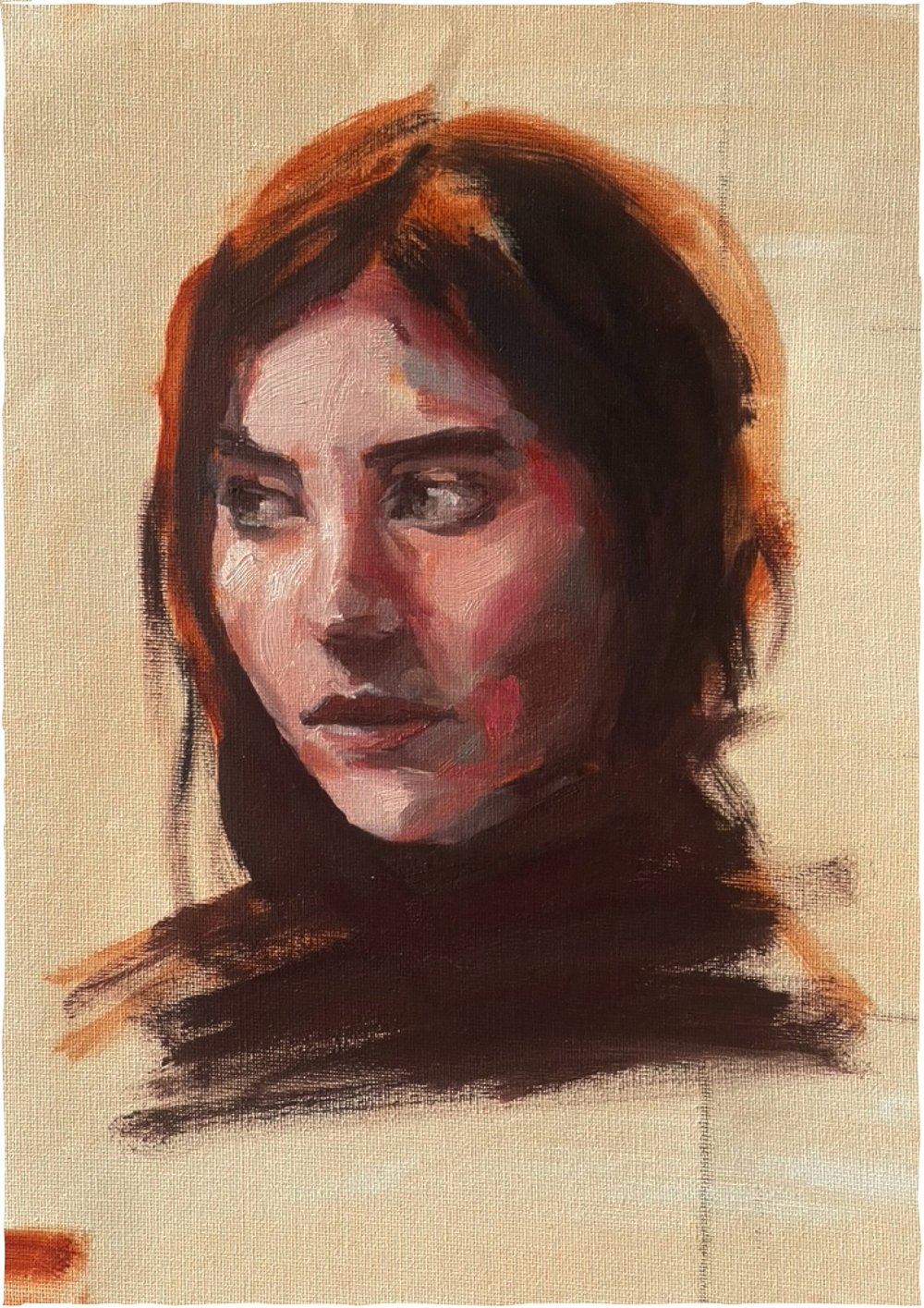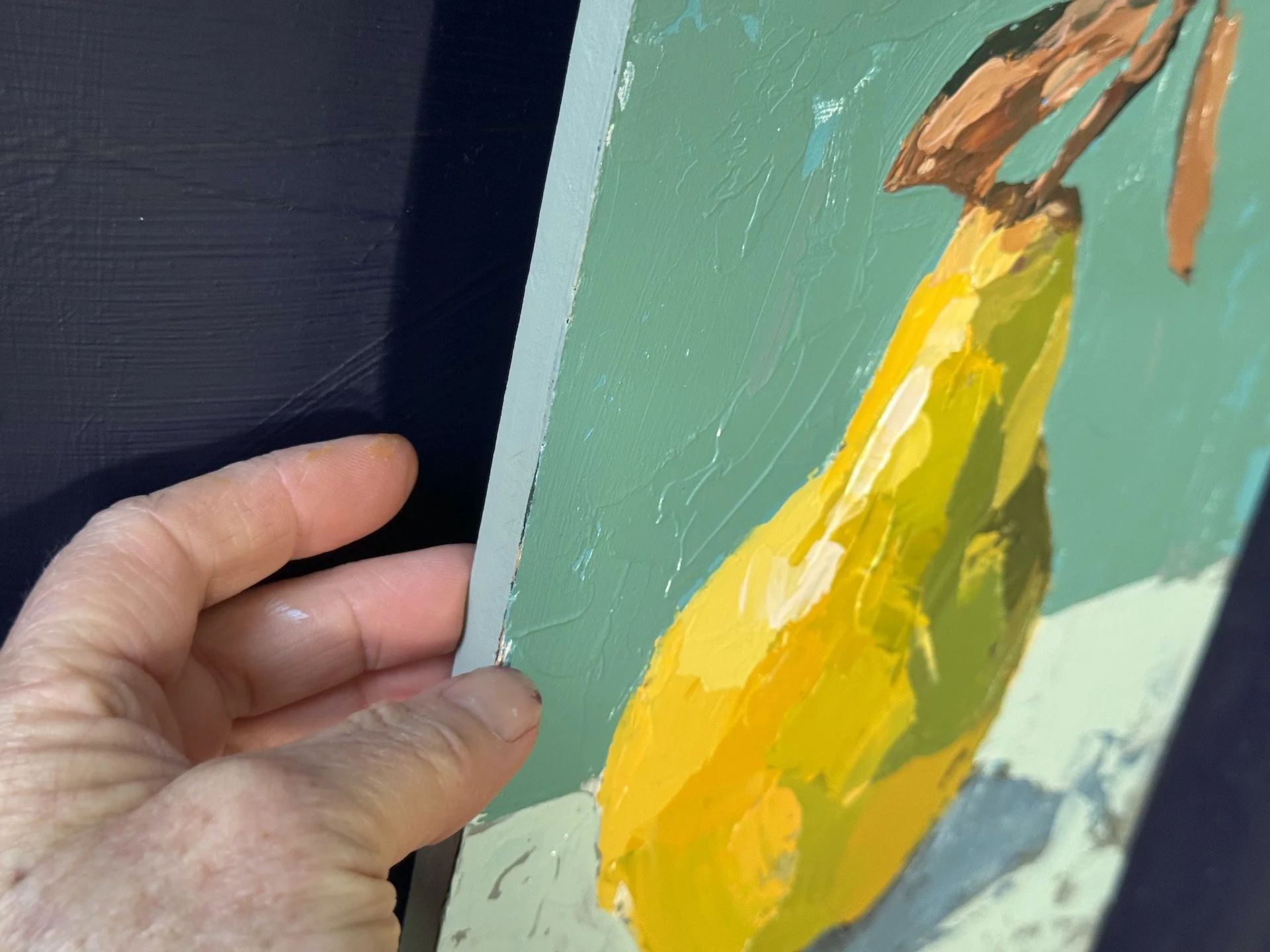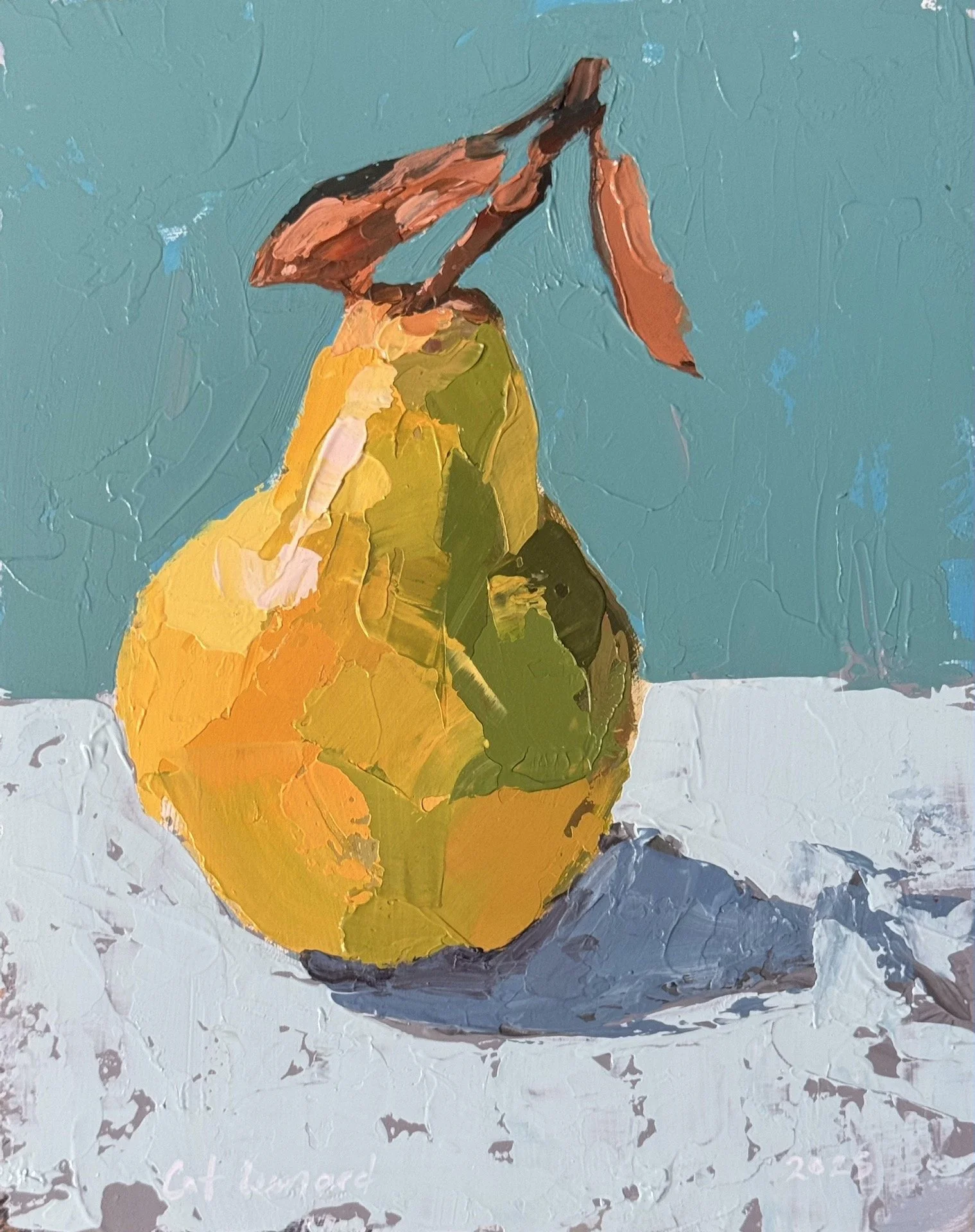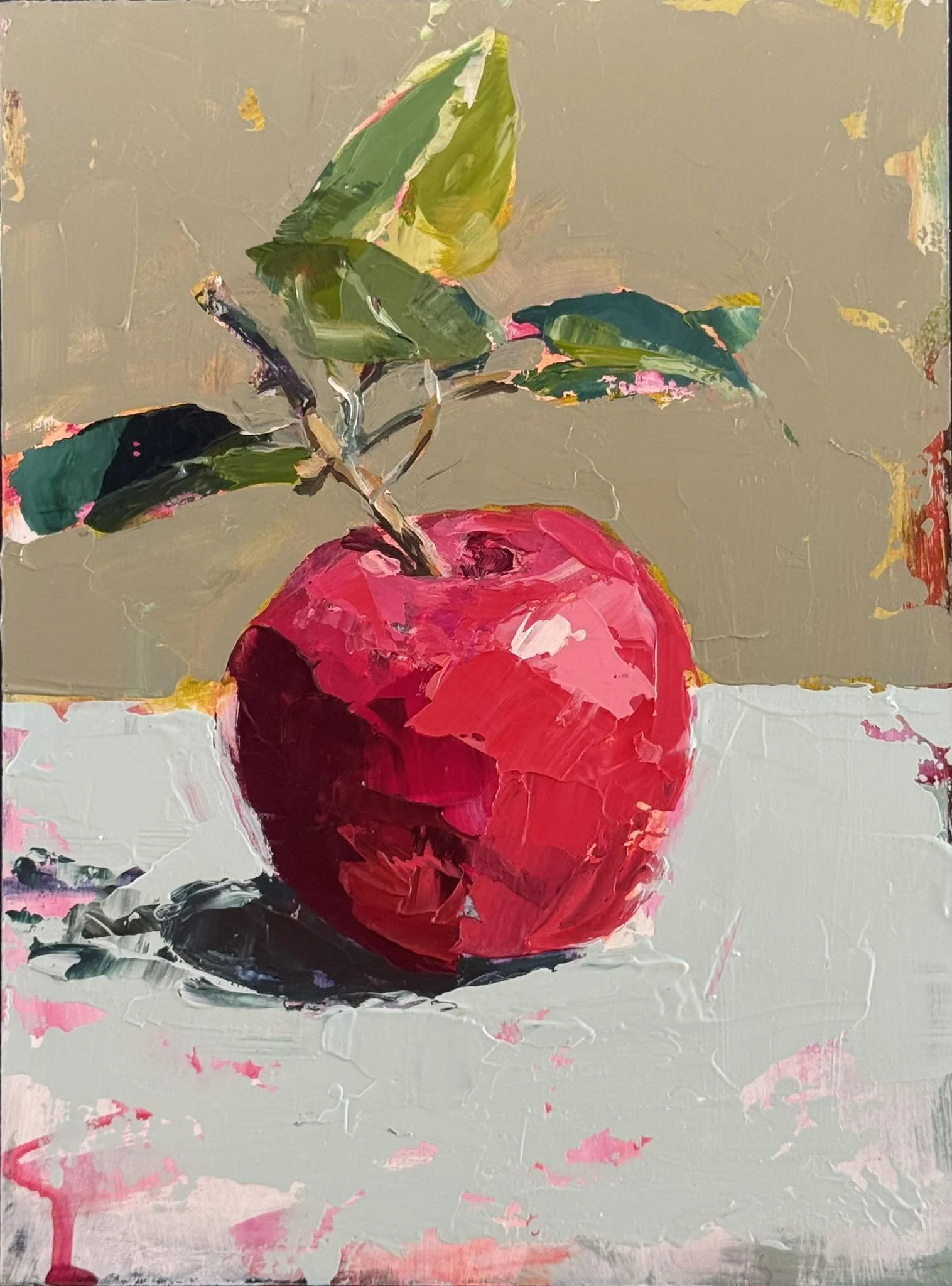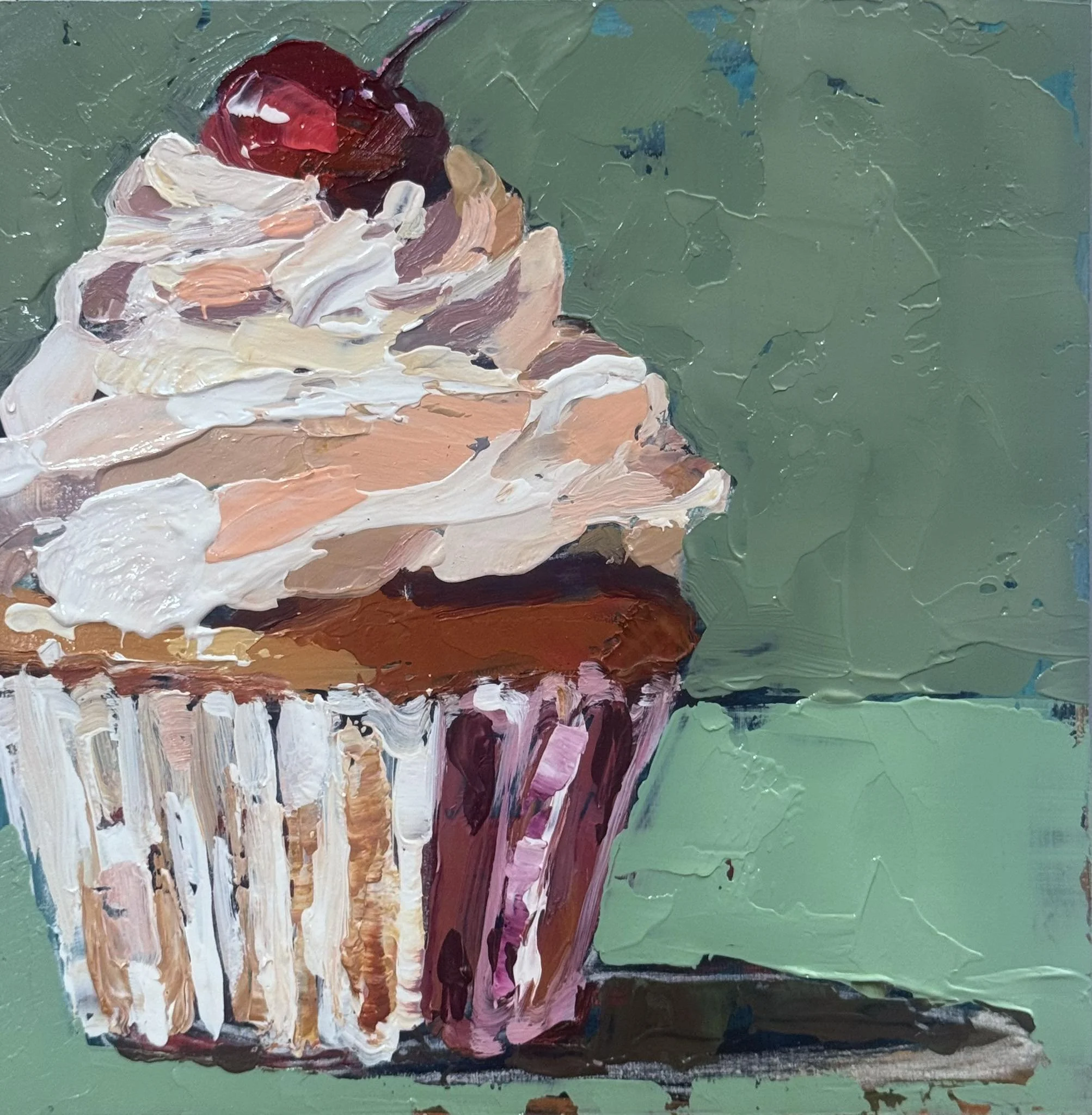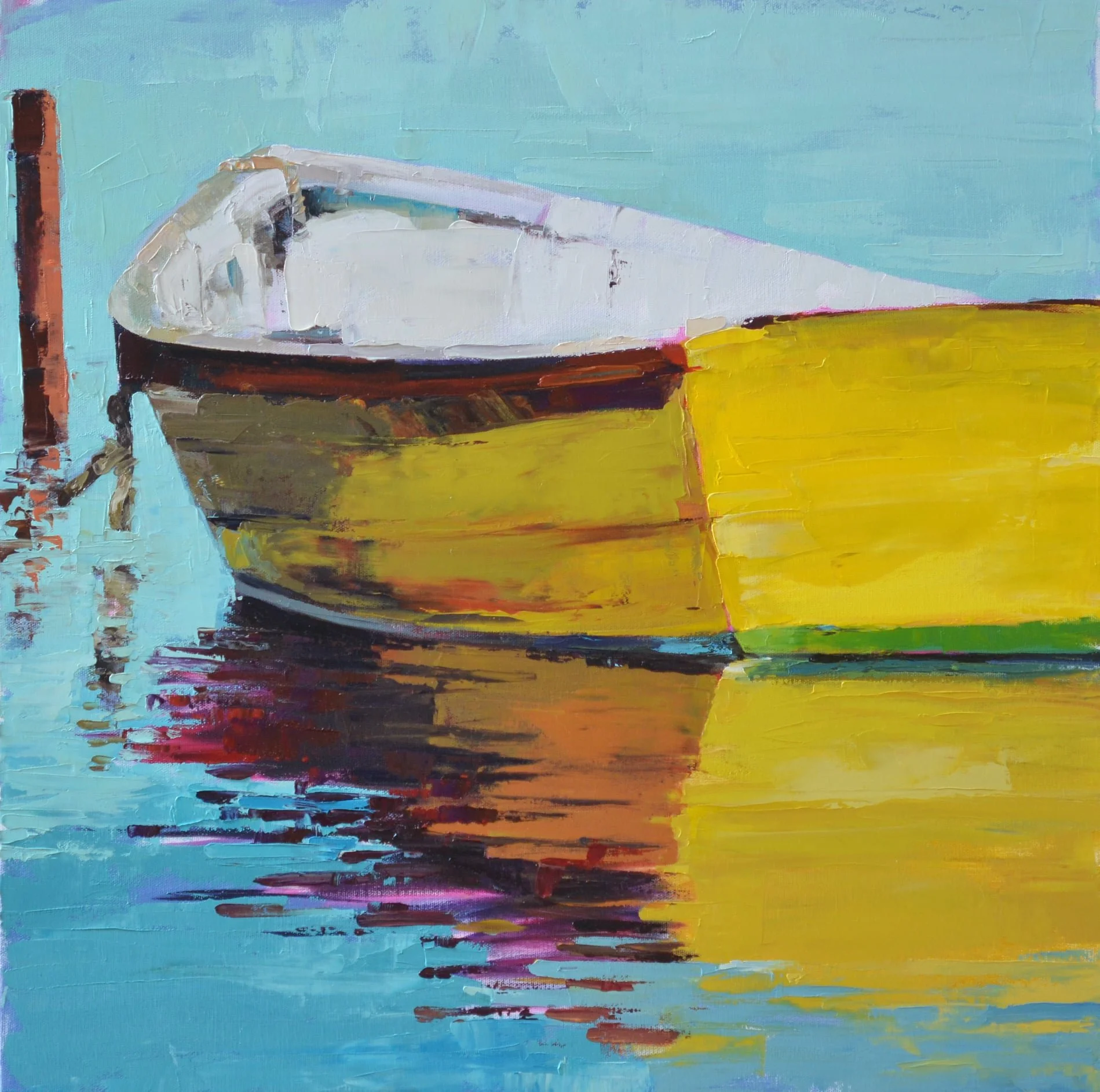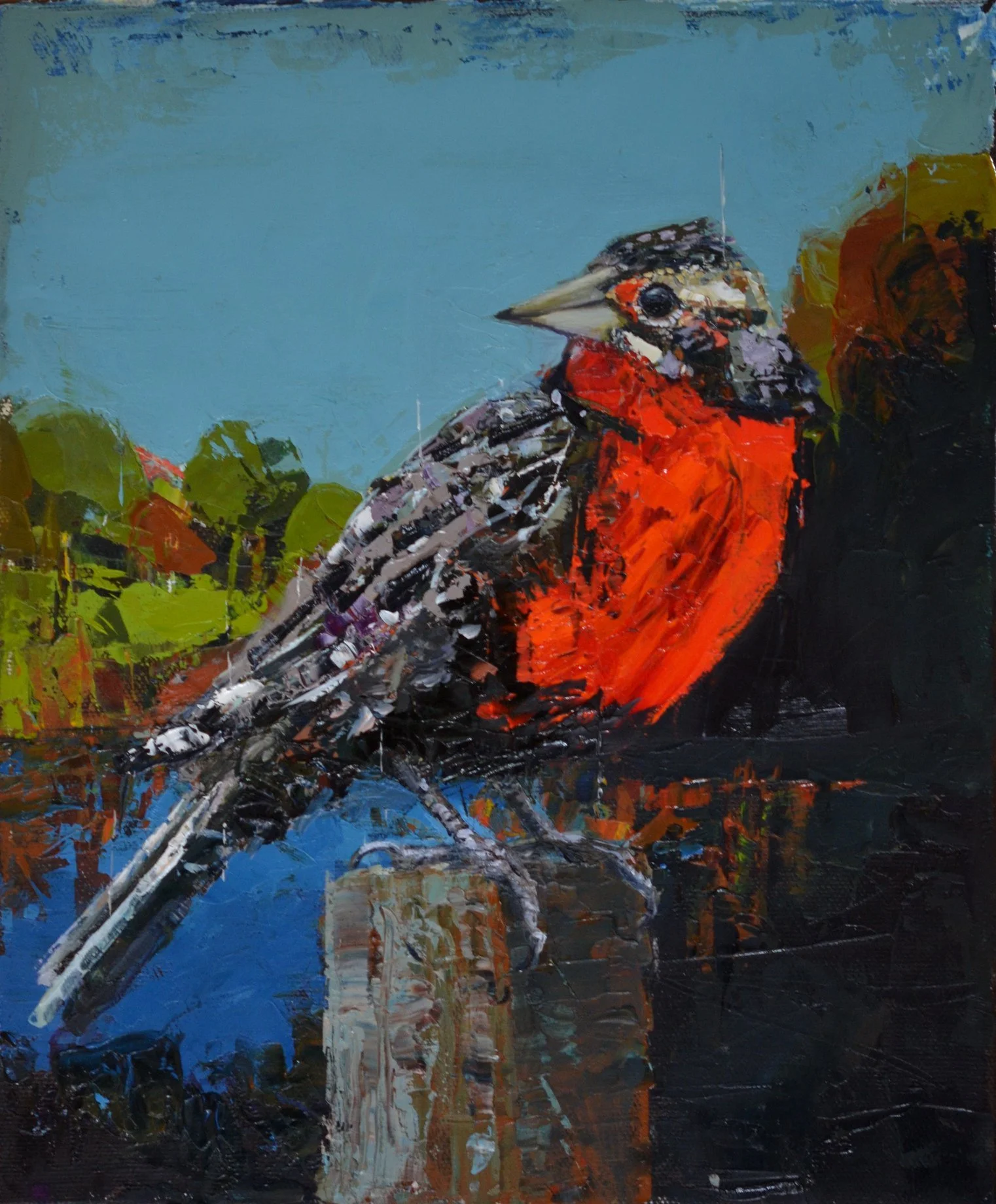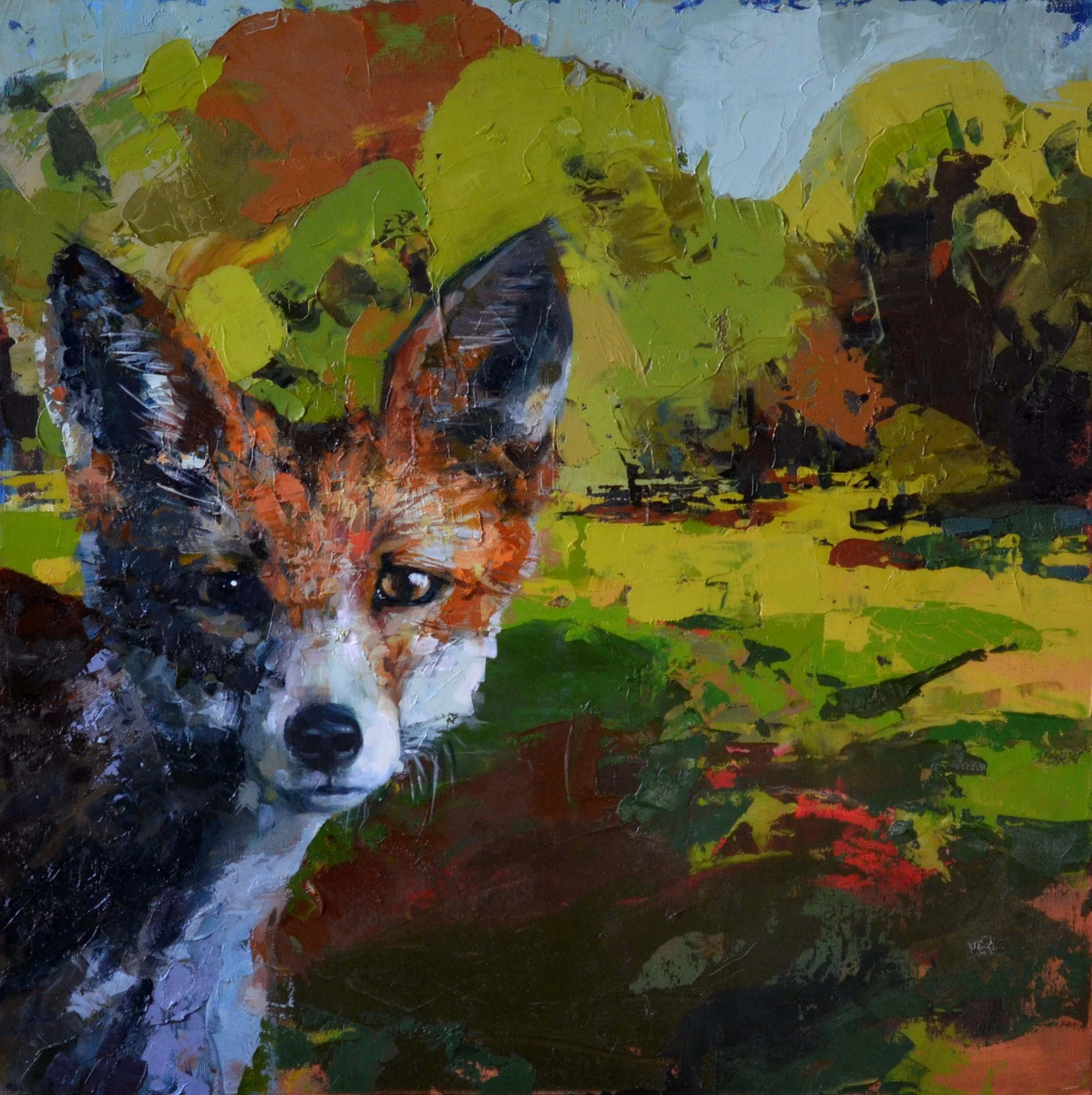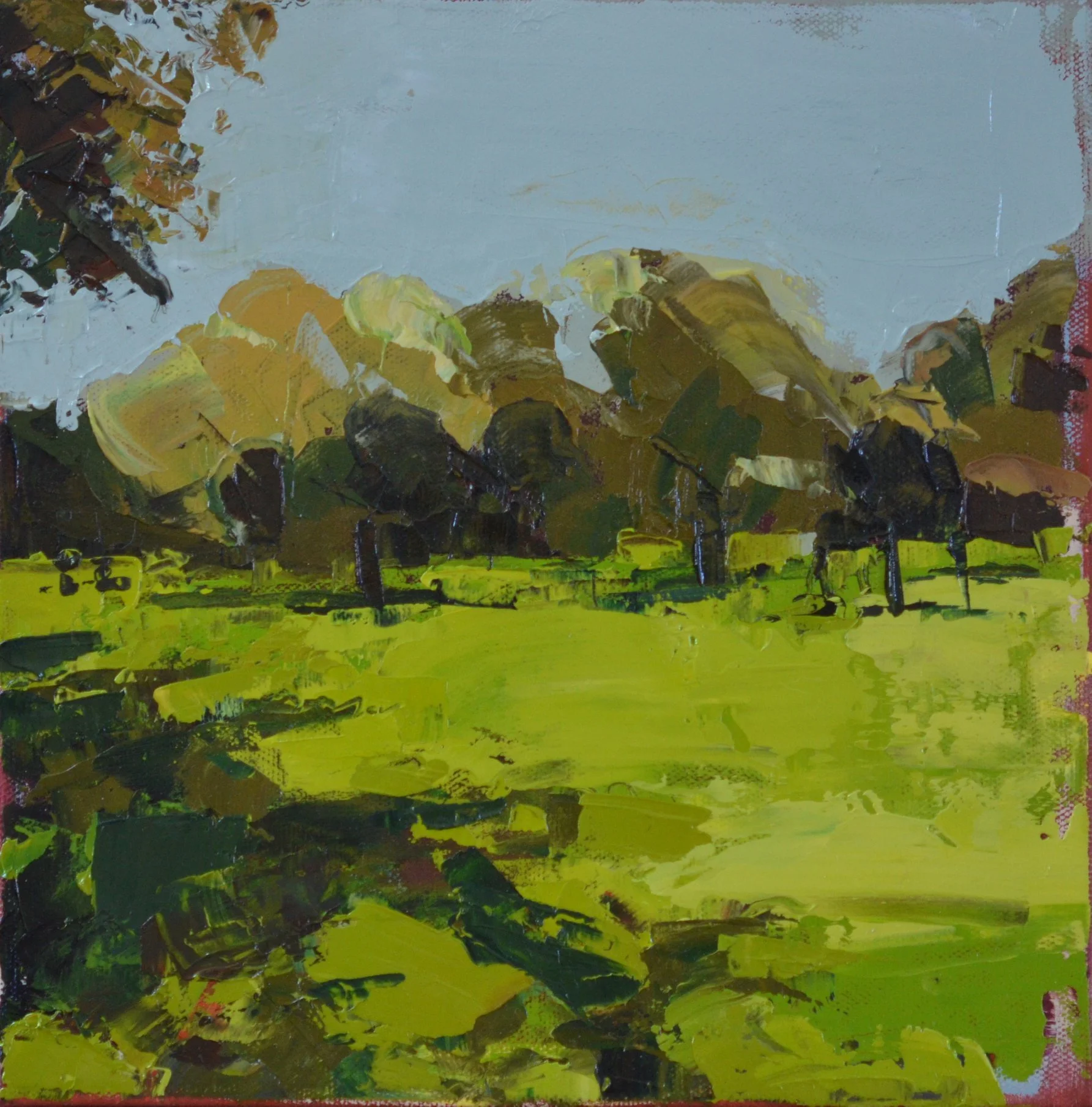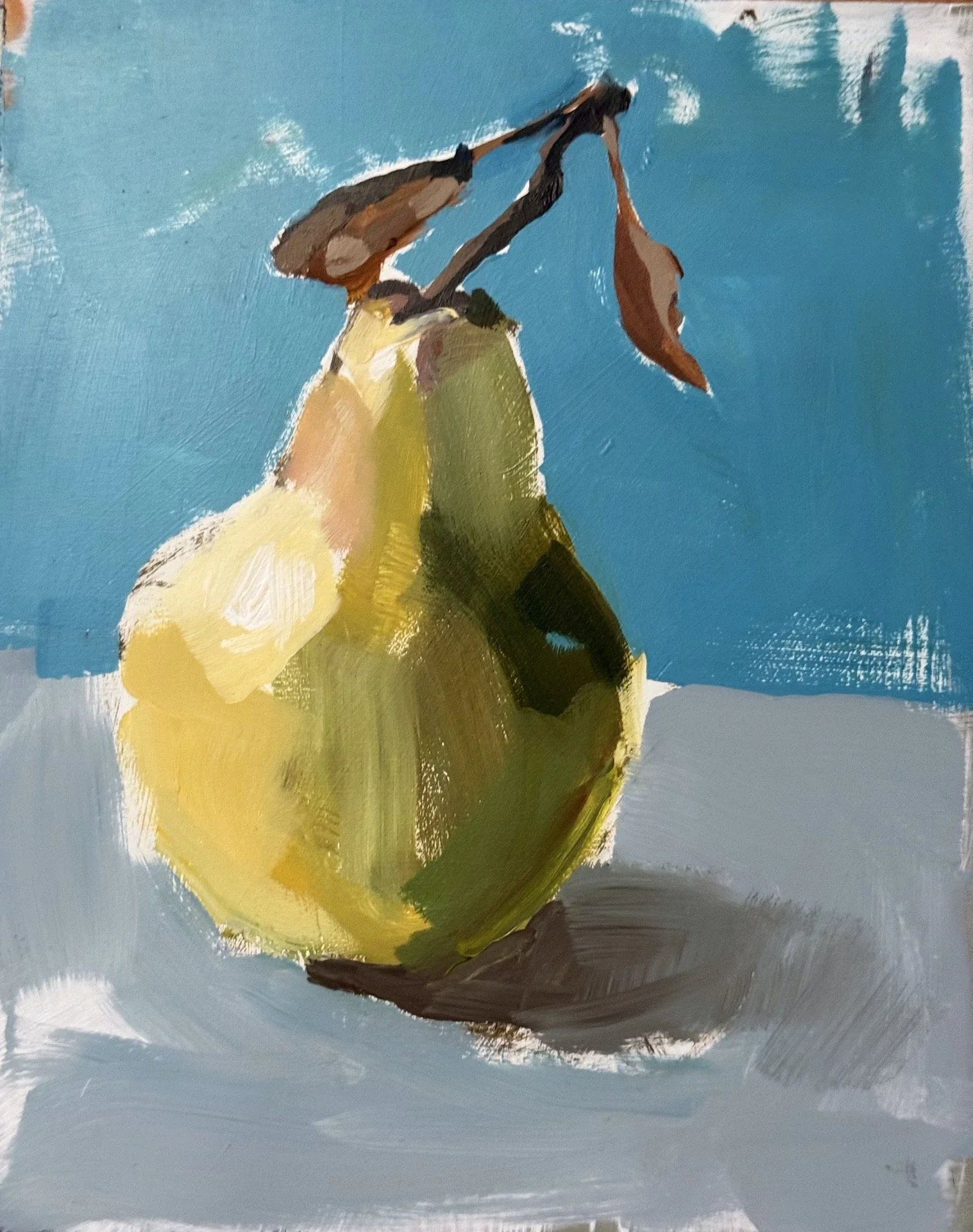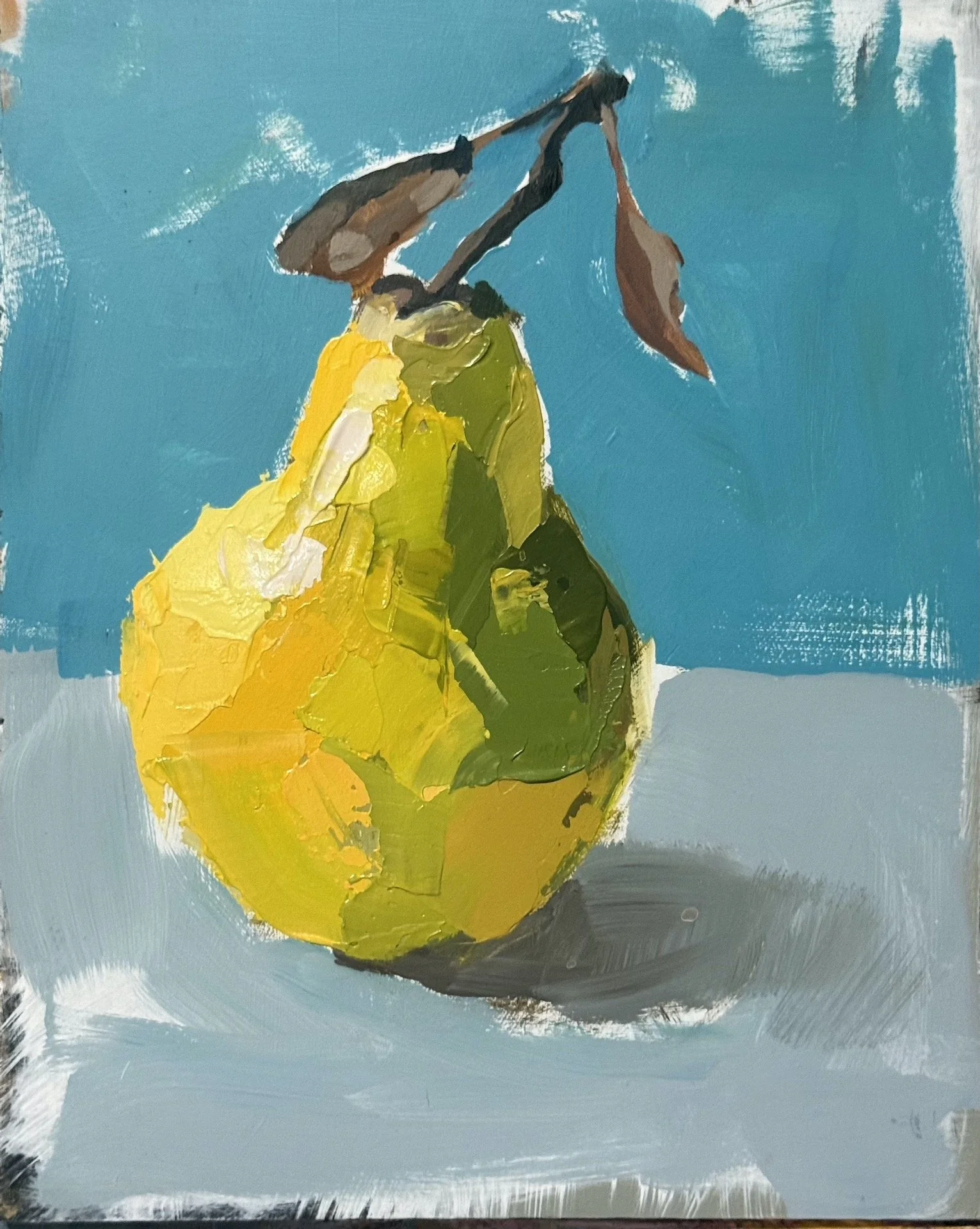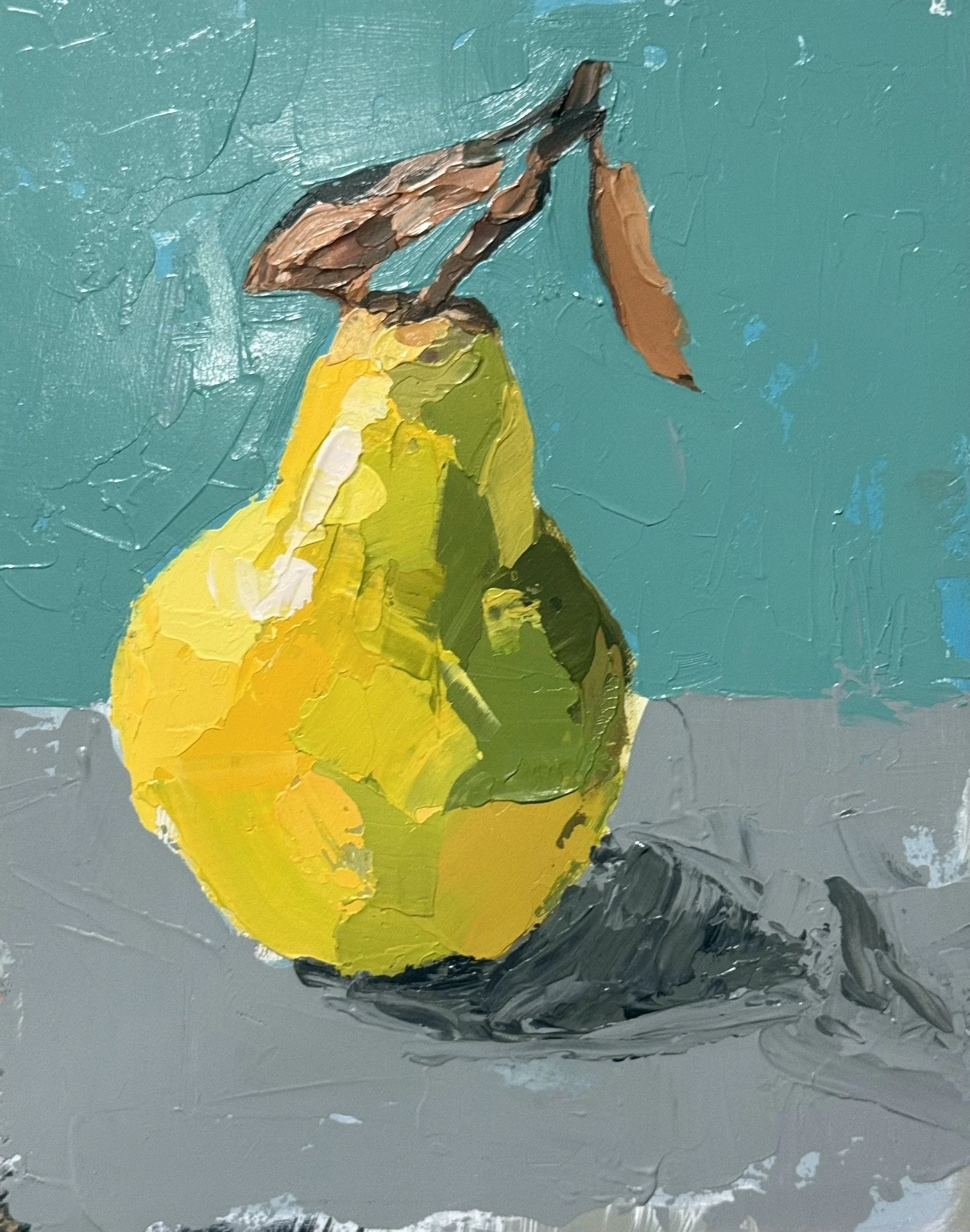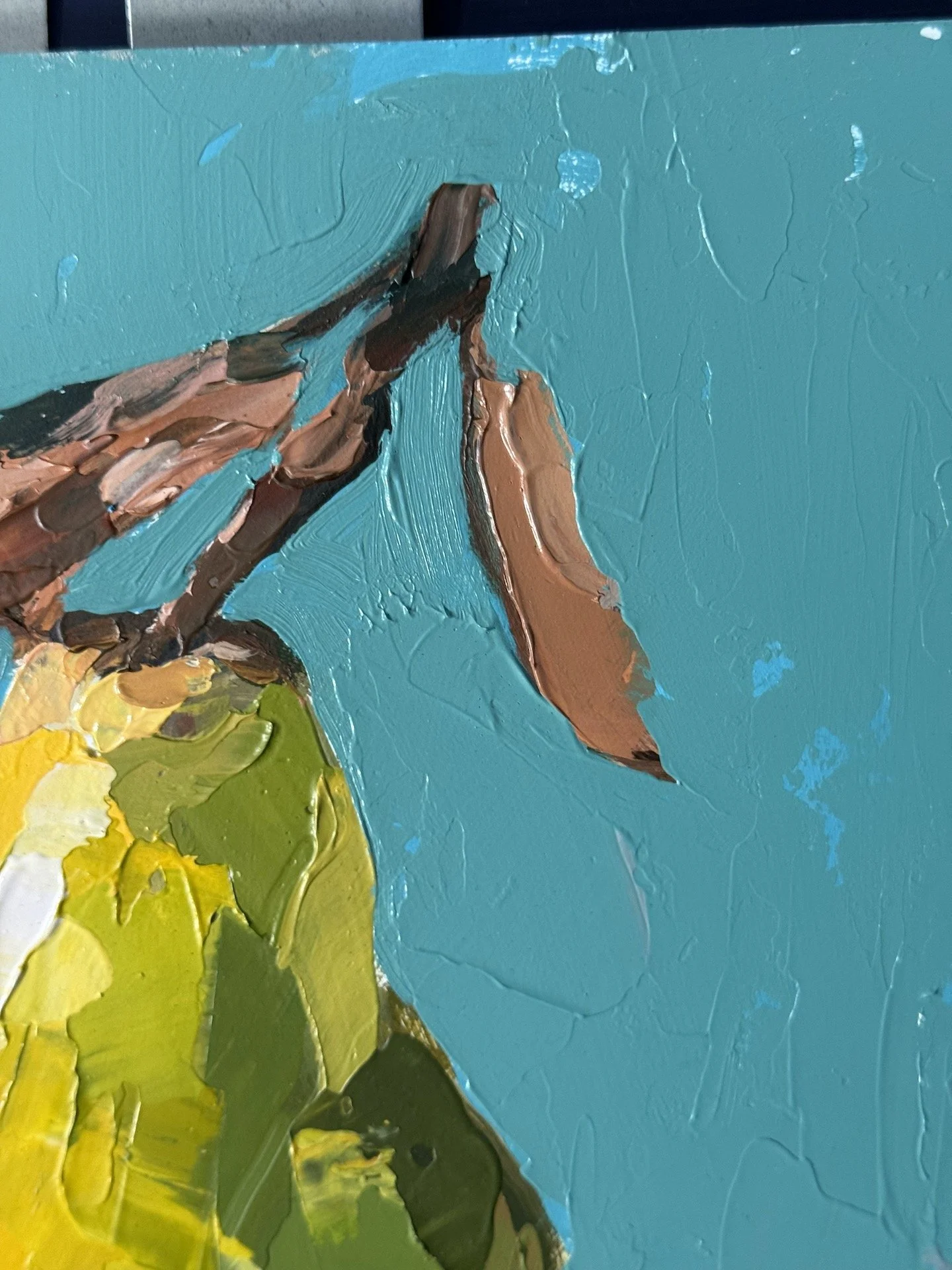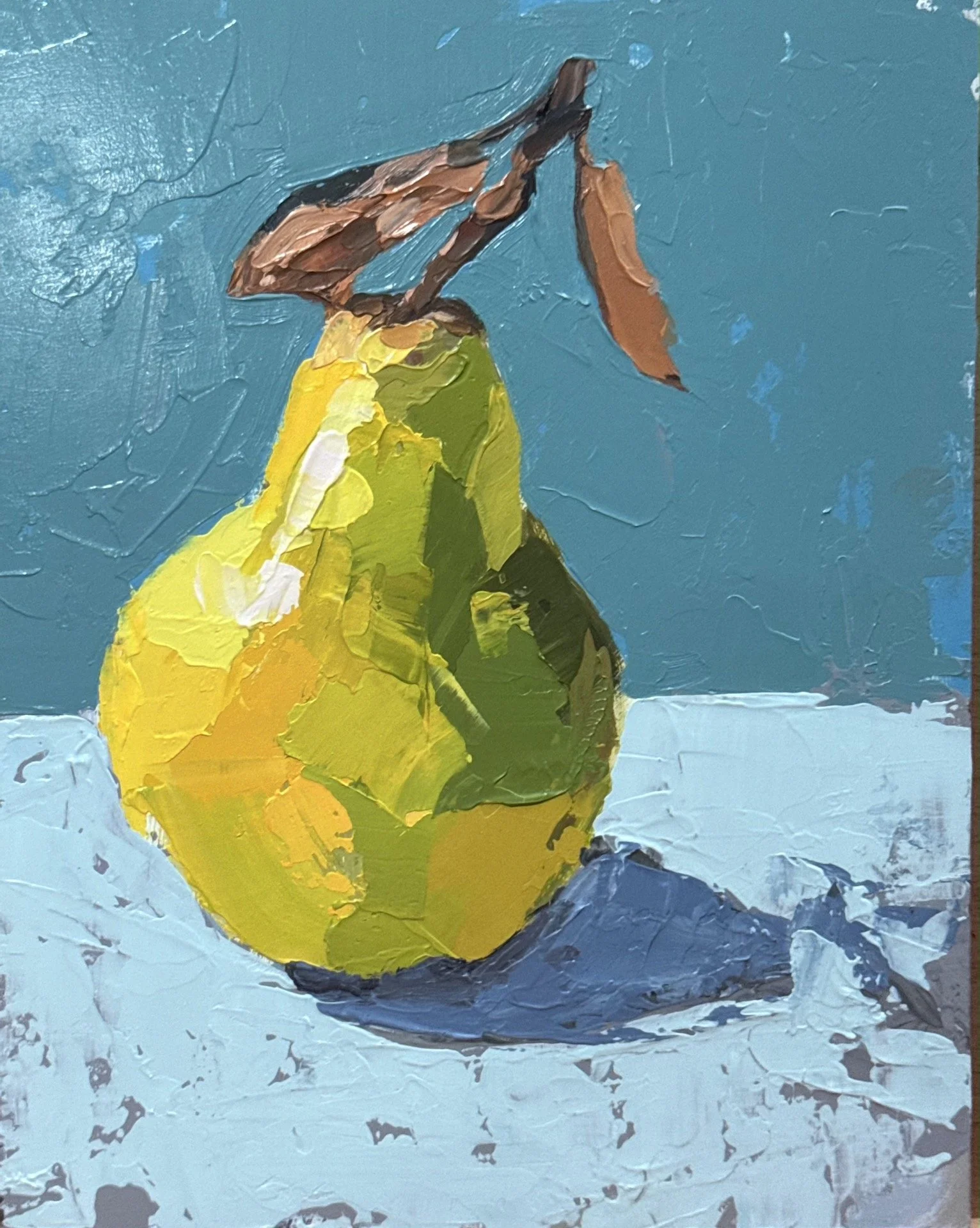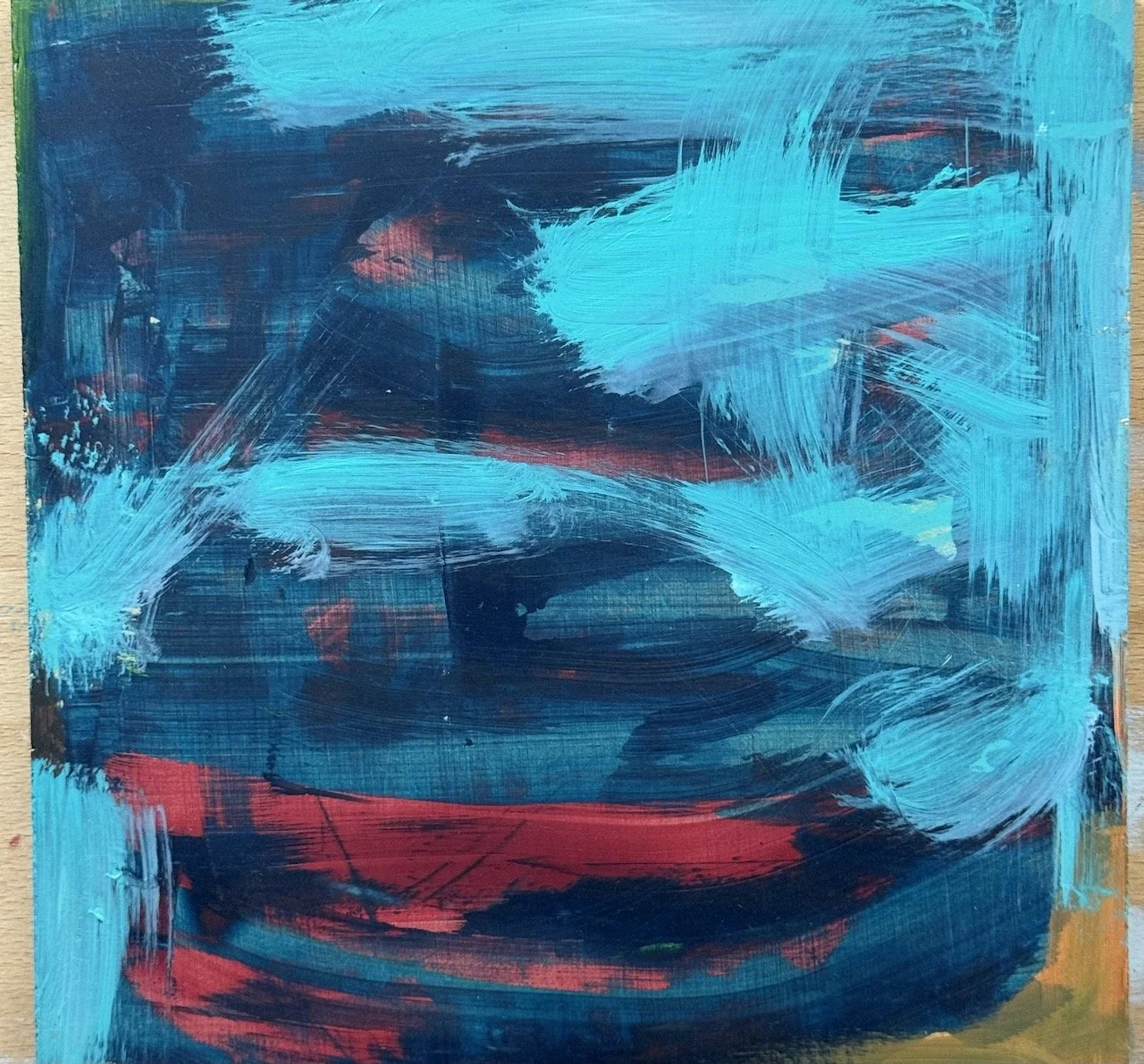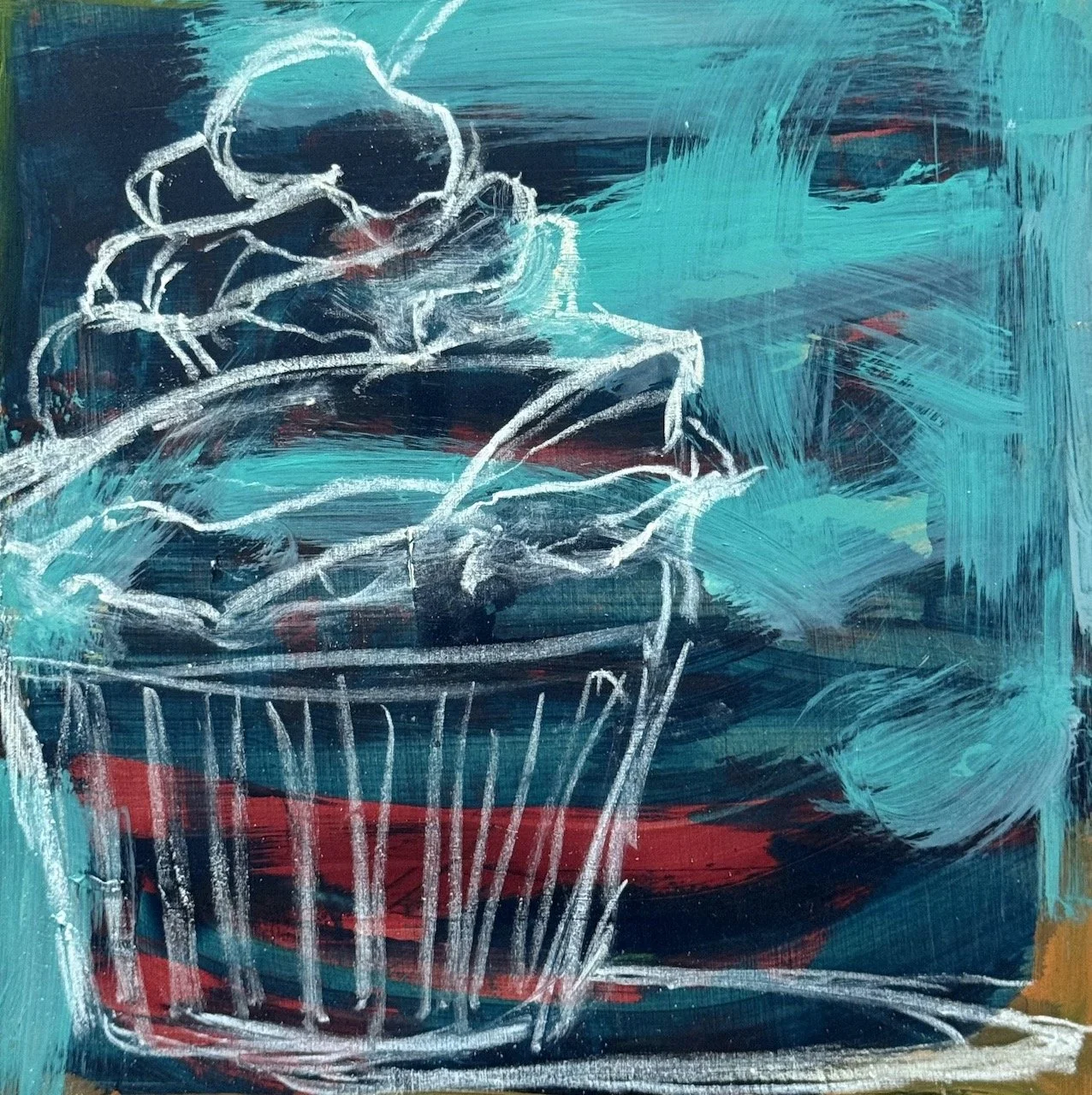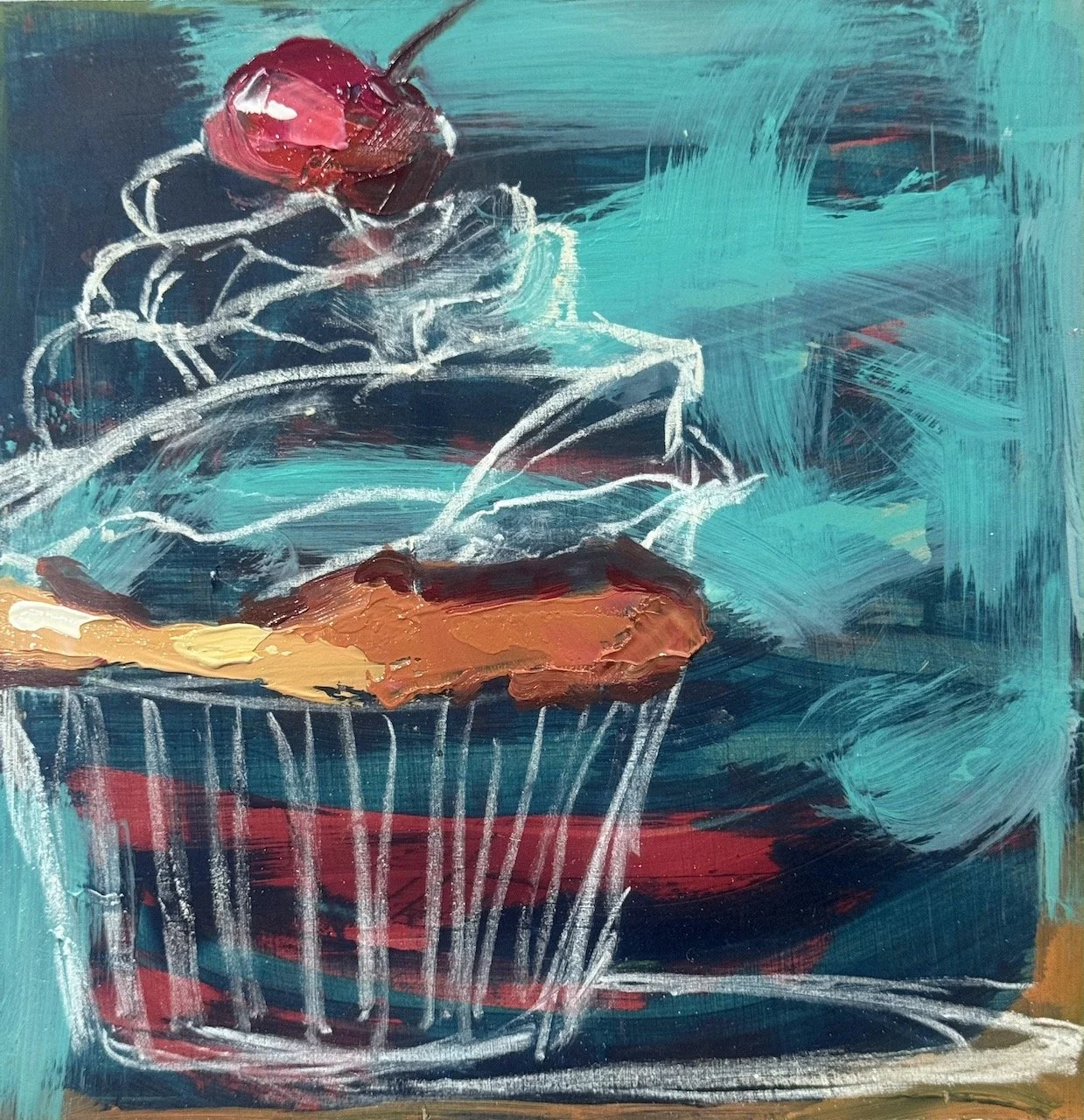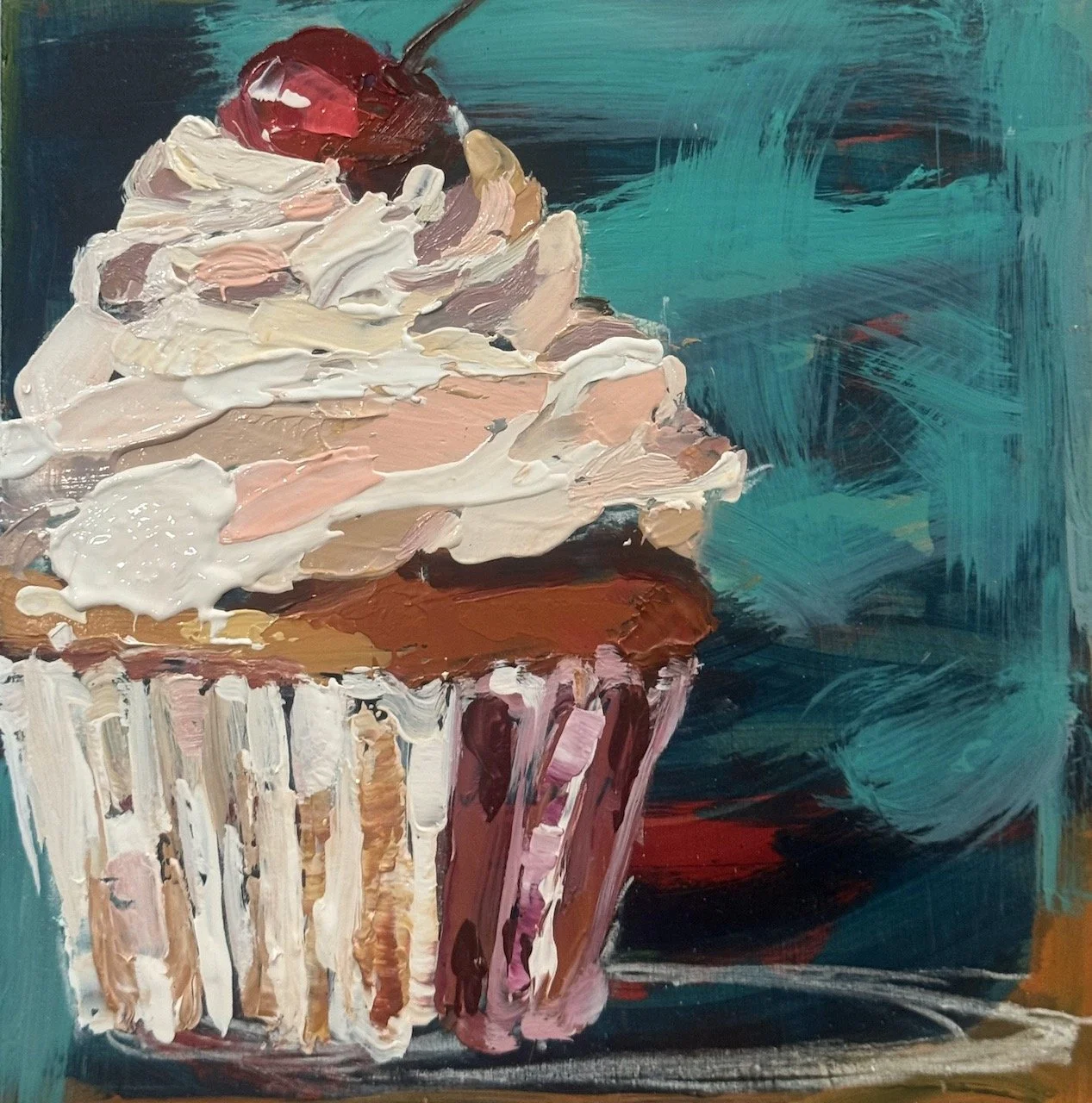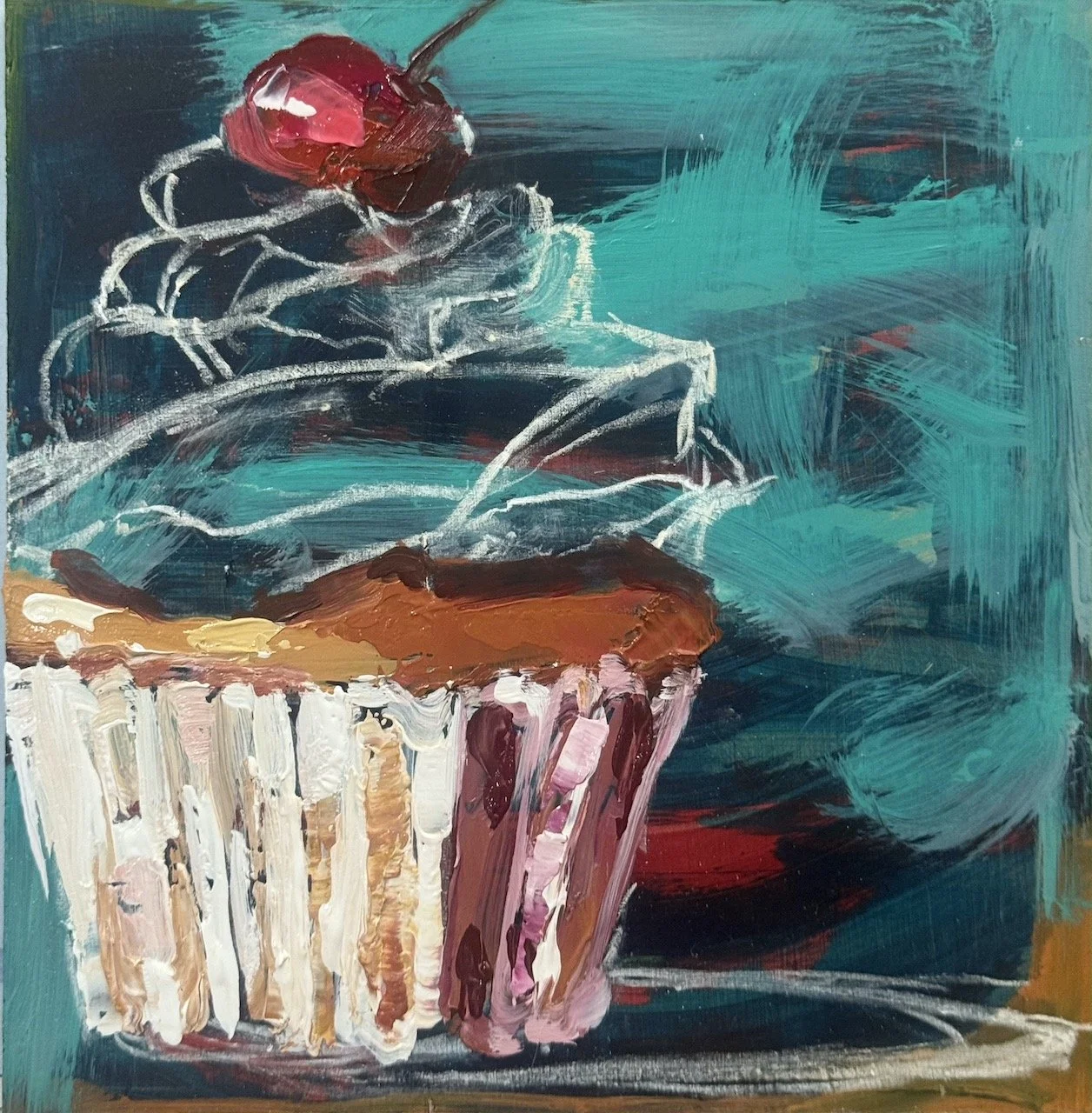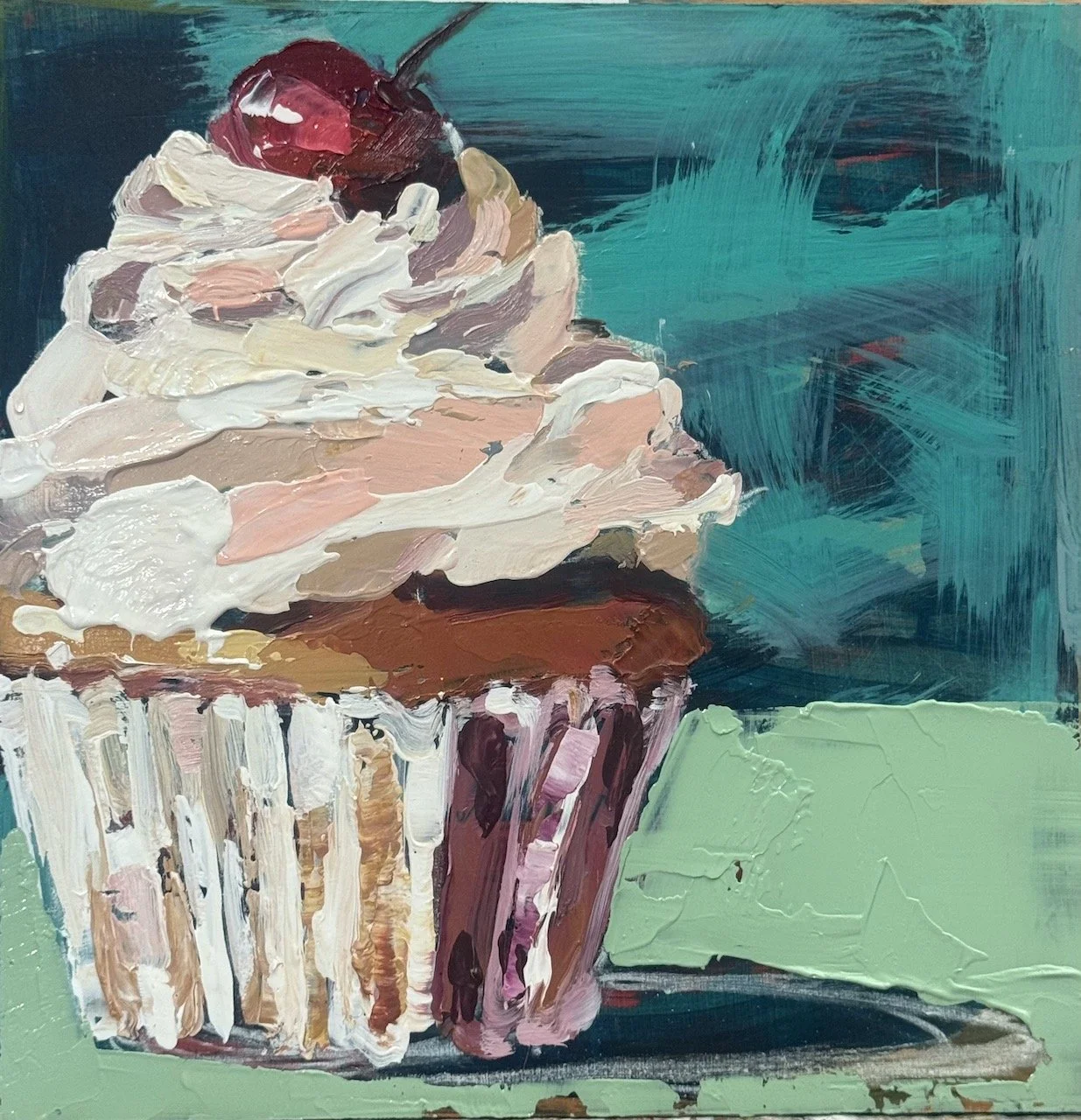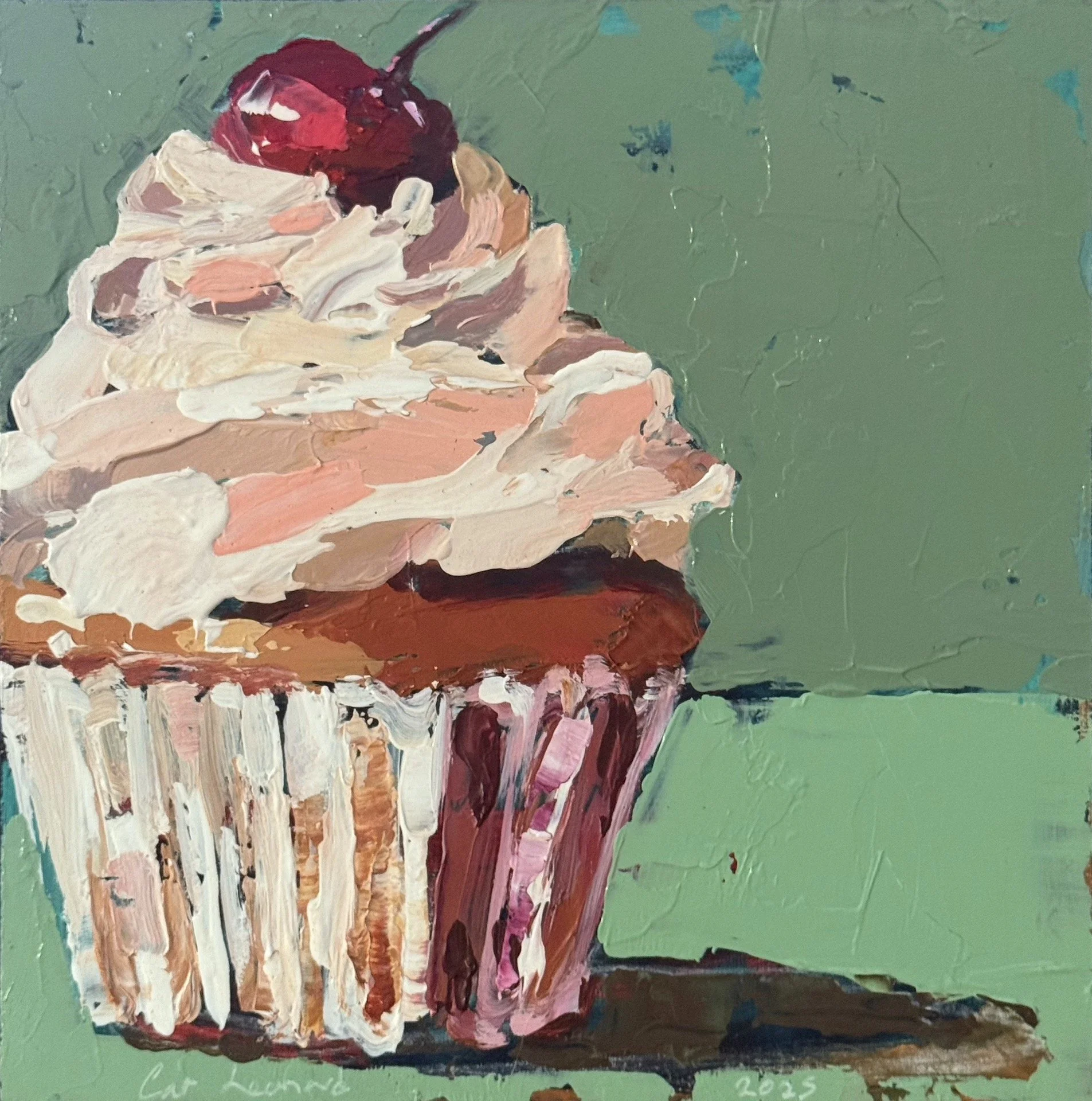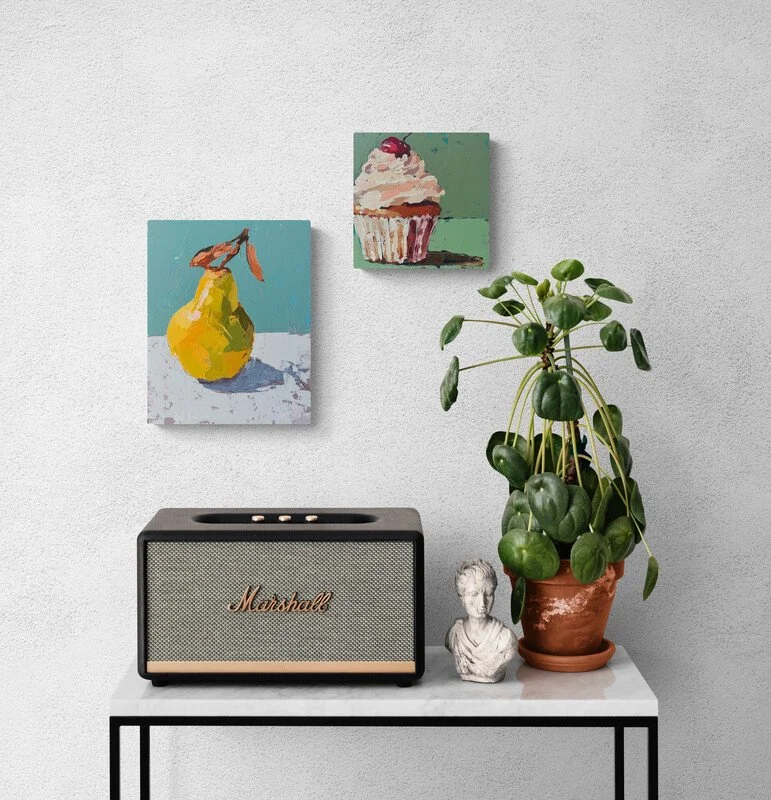After many failed attempts I finally learnt how to create a mailing list on my website. I’d been thinking about this for years…like I’d do a bit of research and then give up, try again and then give up… too hard I’ll do it later, even thought about getting some lessons at TAFE or something…
But this time I worked it out. It took me half a day to set up and test. I’m not sure if it’s because my website (Squarespace) has some new features…they are always emailing me with new updates that I never read… or because I’ve looked at doing it so much that it finally clicked.
So I’ve bought the minimum plan, I can now send 500 emails a month to subscribers. It recommended 1000 emails a month but I’ve only got 5 subscribers, and the last thing I want to do is spam anyone 😩
I’ll use this service to inform subscribers about new courses and workshops, and maybe some new paintings as they go into my website shop.
Below is the button to subscribe, please do so if you want to be notified when new painting courses and workshops are open to bookings, and new works go into my website shop. 😊
what else have I been doing…
Pallet knife painting.
pallet knife painting.
I haven’t done alot of pallet knife work in my painting years, in fact i reckon I could count them all on one hand, it’s that few… but I’ve lost count of the total number of paintings I’ve done in my life… must be up around the thousand mark, methinks.
…having written the above, I thought I should go back through my work to check, and found that there is more than I thought, I’d forgotten about some of them, of course I did!. Below is a list of all of my pallet knife paintings done over the past…6 or so years?
My most recent pallet knife pear started with a loosely brushed underpainting, roughly in the colours I wanted to finish with ( or so I thought at the time). This under painting was actually the demo I did for a workshop in loose painting, a few months ago at St Michael’s for the yr 12s.
The cupcake I started on a dark ground and drew the composition in chalk, then carefully applied the thick paint in colours I wanted to finish with, so just one thick layer using a knife and gel medium. These paintings come together quite quickly with most of the problems solved on the pallet before being applied to the board, knife stroke by knife stroke.
I enjoyed painting these little still life’s so much I went and bought myself a few new pallet knives so I can do more. It’s important to have a clean, straight knife, so no dried paint on the blade and no rough, rusty edges. The good thing is that you don’t need a lot of variation, 1 good, well looked after knife is enough to paint whole paintings.
The end.
